A typical process control system is shown in Figure. Assume the physical variable to be controlled is the temperature.
Basically Industrial process control loop consists of sensors, transmitters, Control systems (PLC/DCS), control valves, Electrical drives etc. These all equipment’s installed in different areas of plant.
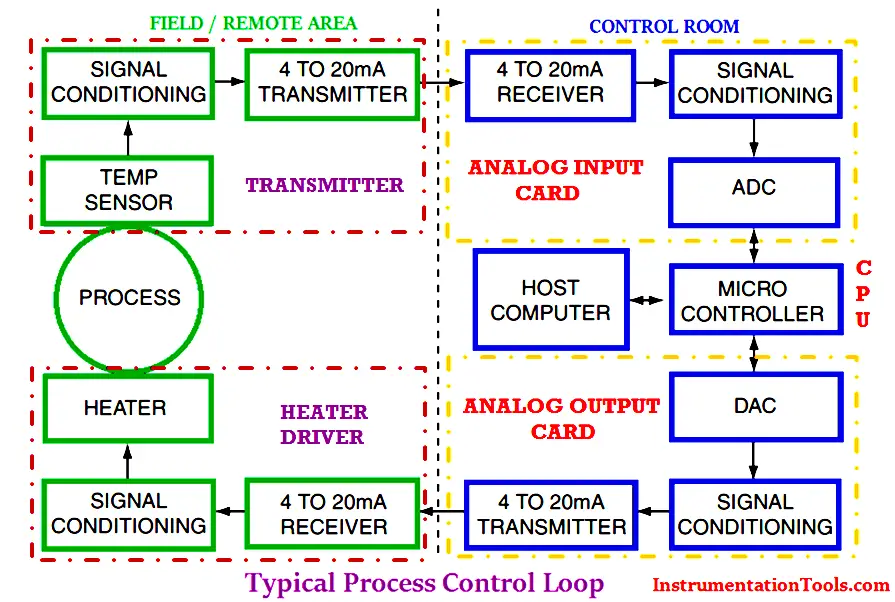
The Basic Plant areas classified as follows :
1.Field : Sensors, Transmitters, Control valves, on/off valves, local control panels etc.
2.Control Room : PLC, DCS, Microcontroller based controllers etc.
3.Substation : Variable Frequency Drives, Smart Feeders, Softstarters etc.
Basic Process Control Loop Example:
Now we are discussing about a basic temperature process control loop using a heater.
A Temperature Transmitters is required to measure the process variable i.e. process temperature. The transmitters have consists of sensors, signal conditioning circuit and 4-20mA converter. The transmitters basically measures the temperature and provides an output in 4-20mA current which is equivalent to measured temperature.
The transmitter output will goes to the PLC/DCS which is installed in control room. The transmitter wiring is terminated in Marshalling cabinet of PLC/DCS and an internal wiring is provided so that this transmitters output will be routed from marshalling cabinet to system cabinet.
The system cabinet have Analog Input cards, Analog Output cards, Communication cards, CPU etc. As transmitters is an input to the system so it will be connected to Analog input card.
The Analog input card converts the received 4-20mA into equivalent 1-5v DC using a standard 250 ohms resistor. Then an Analog to Digital Converter (ADC) converts this 1-5V DC into equivalent Binary Codes.
The Analog input card output will be connected to the Processor (CPU). The Processor converts this binary codes into operator readable format i.e. say temperature in degrees and it will be displayed in Graphics.
Say, Now the measured temperature value found little bit high when compared to setpoint. If the loop in auto mode then PID controller will takes the necessary action automatically as per predefined program. If the loop in Manual mode then the operator has to take action manually. Note for easy discussion consider loop in auto mode.
Here in our example we have an heater which is controlling the temperature. heater have standard 4-20mA input which is used for controlling the temperature from 0 to 100% of heater range.
As assumed the measured temperature is high so PID controller decides to reduce the temperature.The Analog Output card is connected to the heater, so Processor (CPU) sends a equivalent Binary coded signal to the Analog Output card.
The Analog Output card converts the Binary coded signal using a Digital to Analog converter (DAC) which is recieved from Processor and sends an equivalent 4-20mA signal to the heater. The heater receives the 4-20mA from the PLC then takes the necessary action and finally controls the temperature to the desired value.
The Human Machine Interface (HMI) nothing but a computer used for displaying the graphics to the operator. The graphics receives all the signals from the Processor and displays to the operator.
Notice that the interface between the control room and the substation, remote process area or field is via the industry standard 4–20mA loop.
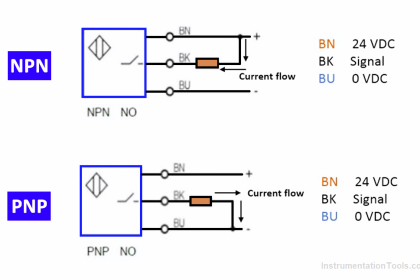
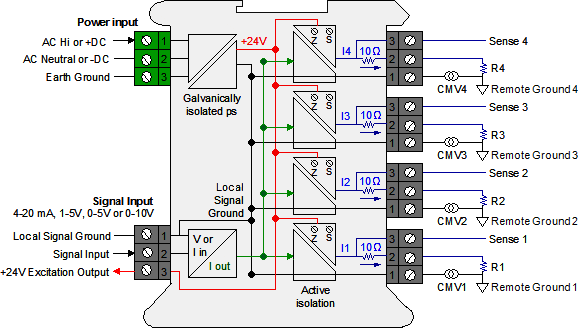
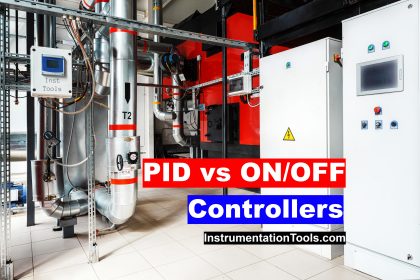
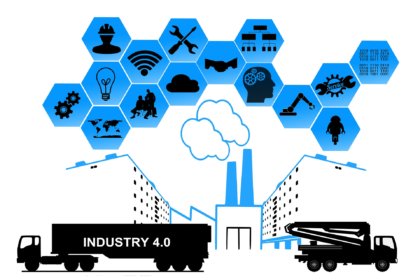
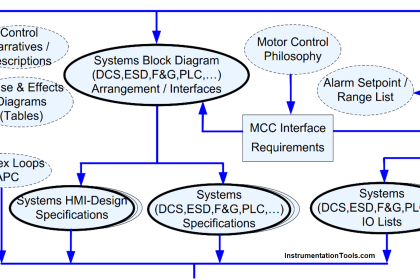
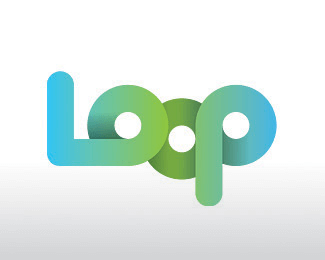
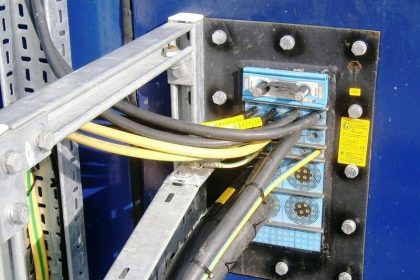
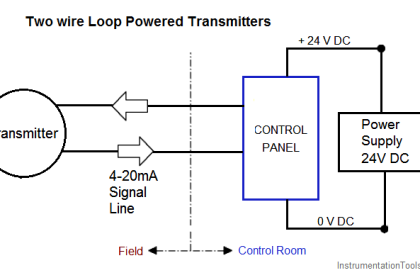
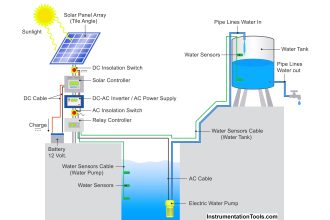
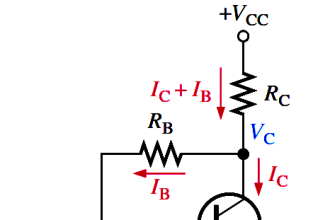
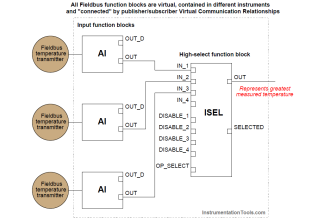
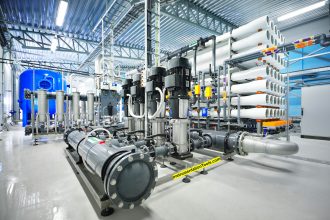
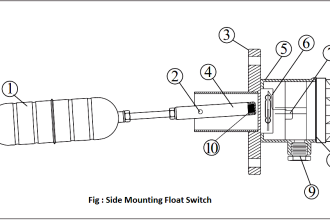

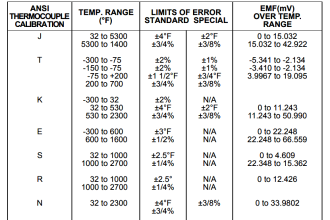
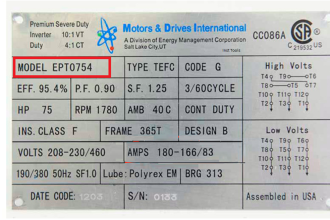

A good process control loop diagram. I like.
Excellent explanations. Understandable, simple & clear.